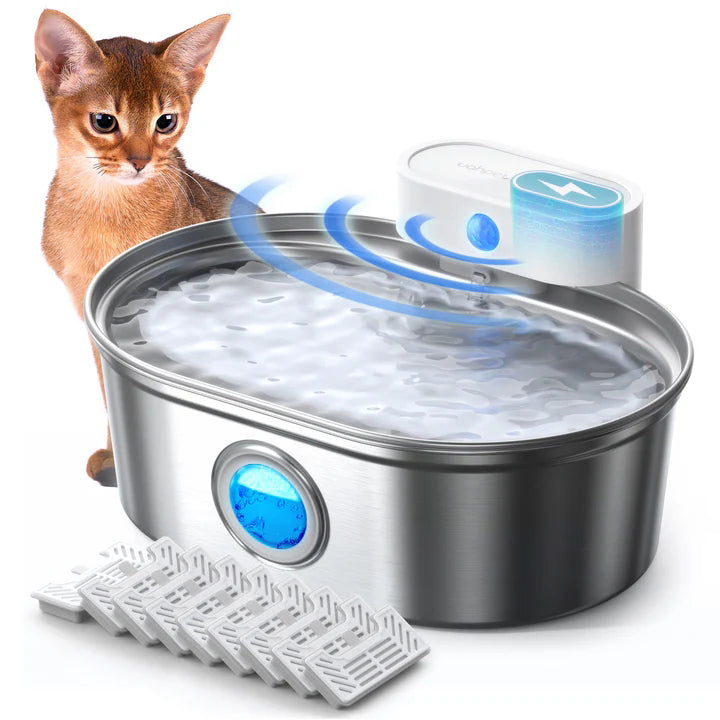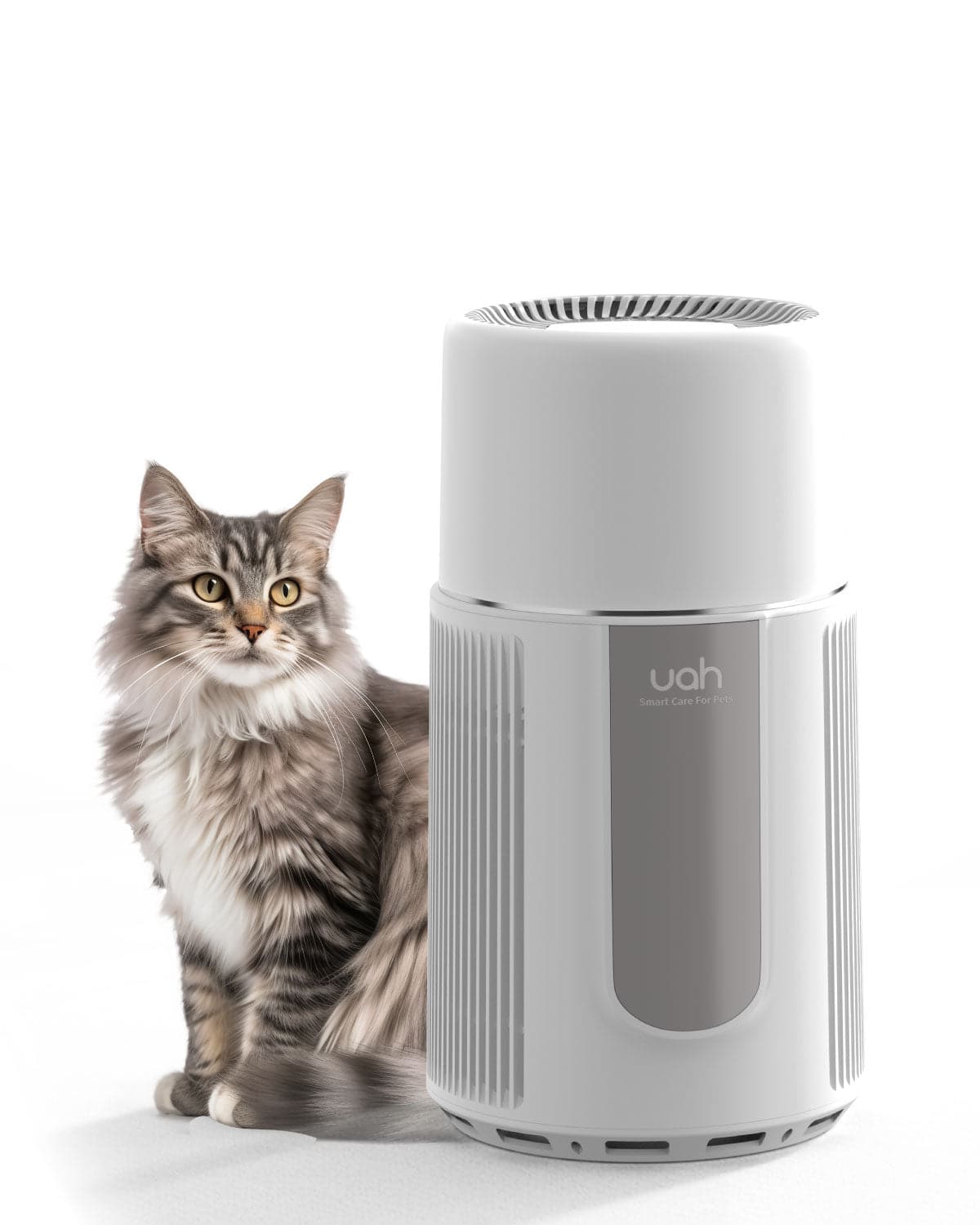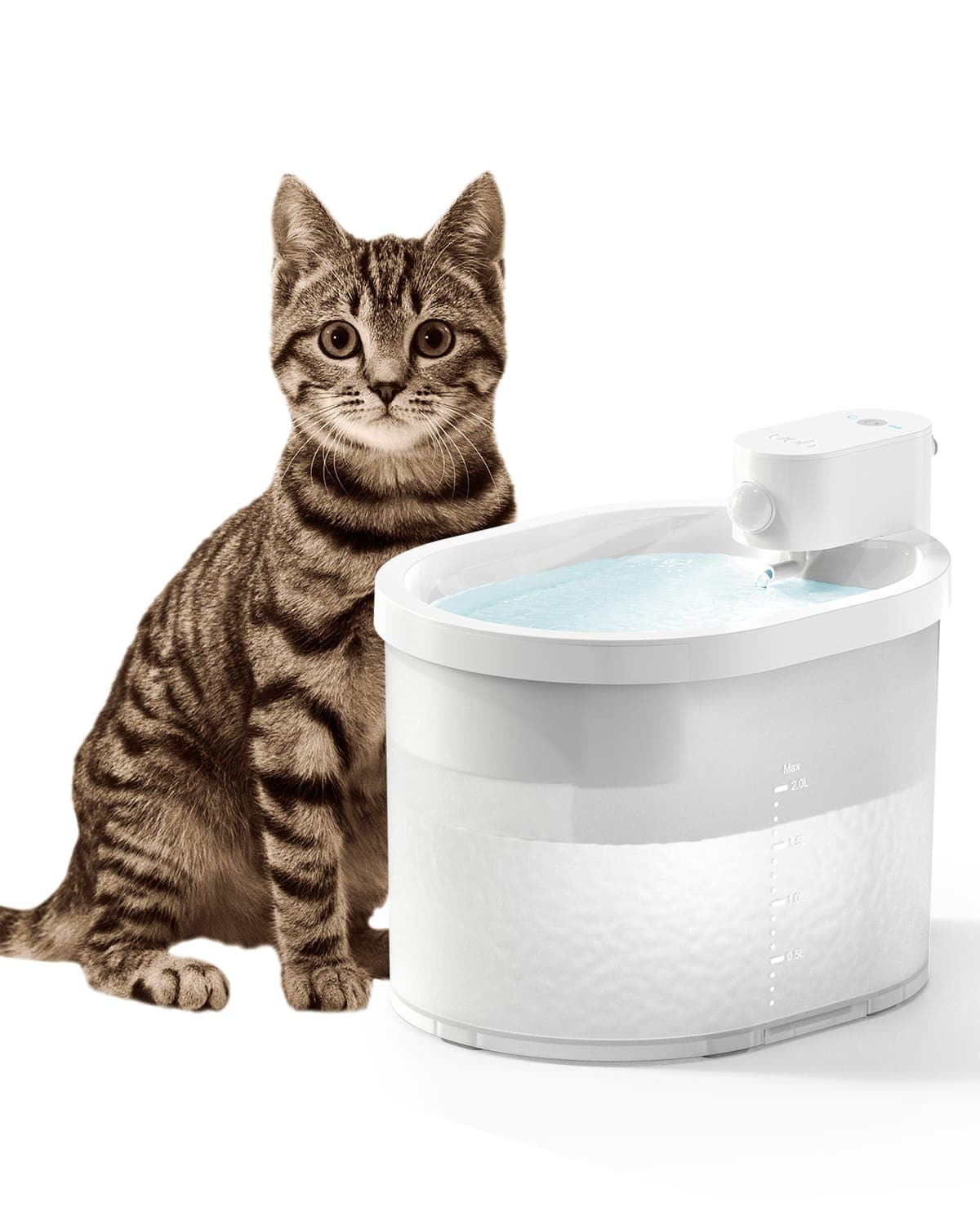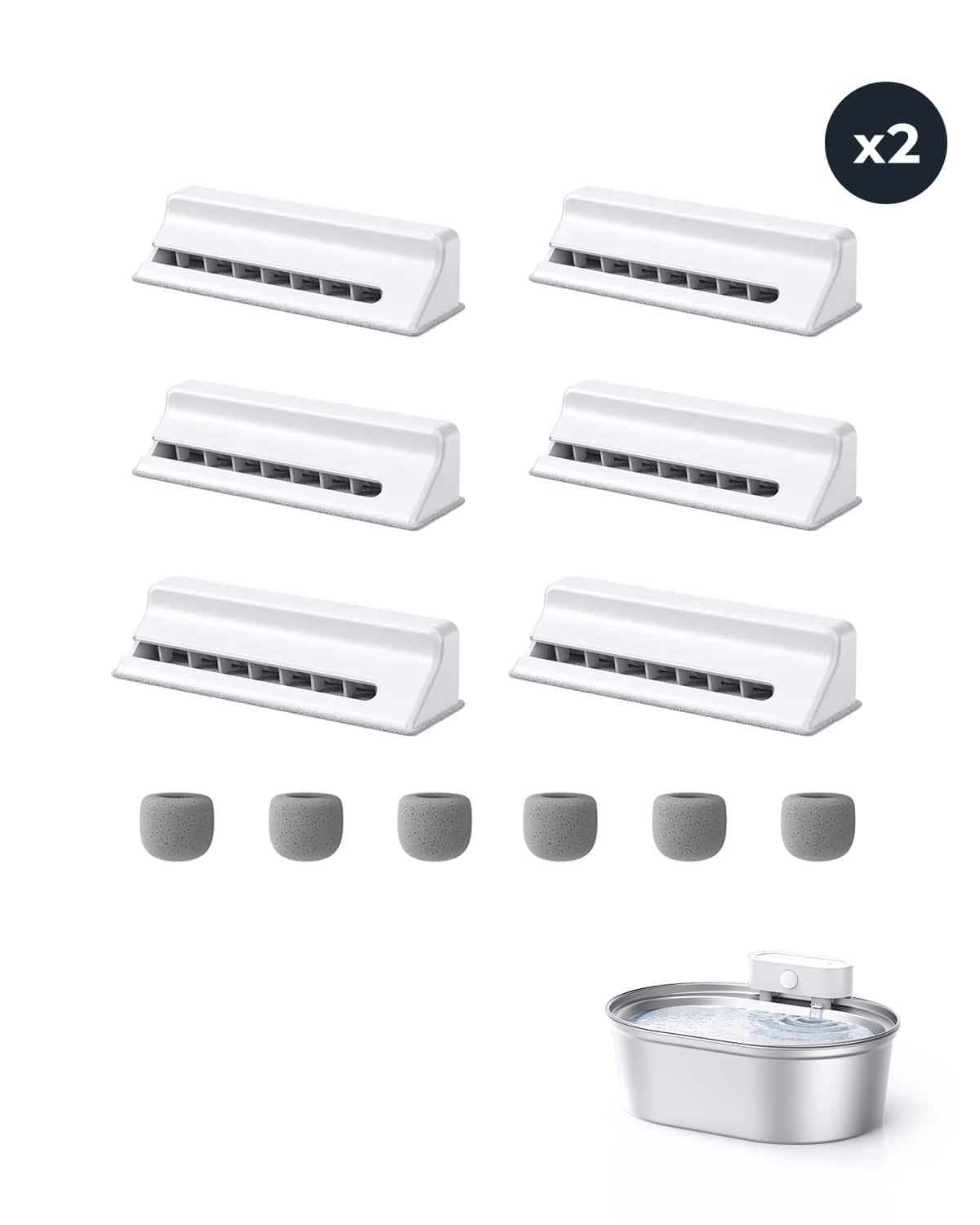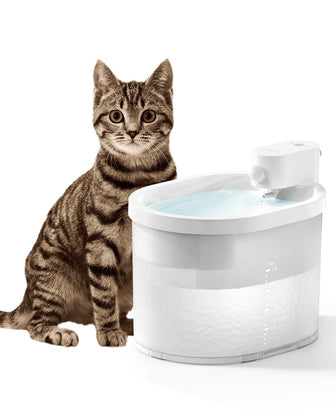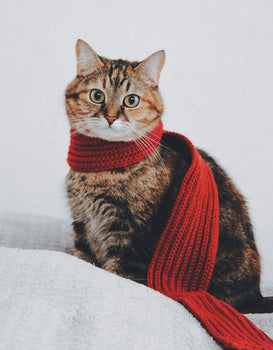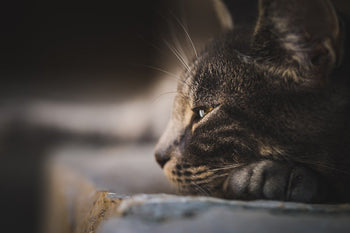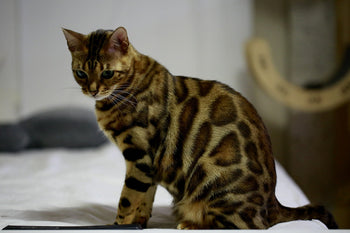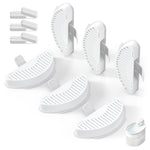Bengal cats are a unique breed that has gained popularity in recent years. These cats are known for their striking appearance, which resembles that of a wild leopard, and their playful personalities.
In this article, we will explore the history and origin of Bengal cats, as well as their physical characteristics and personality traits.
The Bengal cat breed was created by breeding an Asian leopard cat with a domestic cat. The goal was to create a cat with the exotic appearance of a wild cat, but with the temperament of a domestic cat.
The first Bengal cats were bred in the 1960s and 1970s, and the breed was officially recognized in 1983. Today, Bengal cats are recognized by most cat associations around the world.
Bengal cats are known for their distinctive coat, which is covered in spots or marbled patterns. Their coat can come in a variety of colors, including brown, silver, and snow.
In addition to their unique appearance, Bengal cats are also known for their high energy levels and playful personalities. They are often described as being dog-like in their behavior, as they enjoy playing fetch and going for walks on a leash.
Bengal Cat: Characteristics and Care Tips
History and Origin
Bengal cats, also known as Bengal tigers, are a relatively new breed that originated in the United States in the 1960s. These cats were created by breeding an Asian leopard cat with a domestic cat, resulting in a hybrid with a wild appearance and a domestic temperament.
Origins and Breeding
The Asian leopard cat, which is native to Southeast Asia, was chosen as the wild ancestor of the Bengal cat due to its unique coat pattern and small size. Breeders wanted to create a cat with a similar appearance but a domestic temperament.
The first successful breeding between an Asian leopard cat and a domestic cat occurred in 1963, and the Bengal cat was born.
Since then, breeders have continued to refine the Bengal cat breed by carefully selecting cats with desirable traits and breeding them together.
Today, the Bengal cat is recognized as a distinct breed by many cat organizations, including The International Cat Association (TICA) and the Cat Fanciers' Association (CFA).

Recognition and Registration
The Bengal cat was first recognized by TICA in 1986, and by the CFA in 1991. To be registered as a Bengal cat, the cat must have at least one parent that is a Bengal cat. The cat's coat must also meet certain standards, including a wild appearance with bold spots or marbled patterns.
Breeding Efforts for Wild Appearance
Breeders of Bengal cats continue to work on breeding for a wild appearance while maintaining a domestic temperament. This can be a difficult balance to achieve, as wild traits can sometimes result in aggressive or unpredictable behavior.
However, with careful breeding and socialization, breeders have been able to create Bengal cats that have a wild appearance but are still friendly and affectionate pets.
In recent years, some breeders have also introduced new coat colors and patterns into the Bengal cat breed, such as snow and charcoal. These cats are still recognized as Bengal cats as long as they meet the breed standards for temperament and appearance.
Breed Information and Traits
- Lifespan: 10–16 years
- Size: 8–15 pounds or 3.6–6.8 kilograms
- Body type: Long, muscular, and medium to large in size
- Ancestry: Asian leopard cat (Prionailurus bengalensis) and domestic tabby (or Siamese mix if of the "snow" variety)
- Coat type: Dense, soft, silky; sometimes described as "glittered"
- Coat patterns: Spotted or bull's eye, marble, or rosette
- Hypoallergenic: Mildly to highly hypoallergenic
- Shedding and grooming: Low shedding; low grooming requirements
- Activity level: High; active and athletic
- Sociability: High; dog-friendly and kid-friendly if socialized early; vocal

Physical Characteristics
Bengal cats are a medium to large-sized breed with a muscular and athletic build. They have a distinctive wild appearance, which is a result of their breeding with the Asian leopard cat.
Coat Patterns
The Bengal cat's coat is soft and luxurious, with a short and dense undercoat covered by longer, shiny hairs.
The most common coat pattern is the spotted pattern, which features dark spots on a lighter background. Another popular pattern is the marbled pattern, which has a swirling, marble-like pattern on the coat.
Colors and Patterns
Bengal cats come in a variety of colors, including brown, silver, and snow.
The brown Bengal cat is the most common, and it has a warm, golden-brown coat with black or brown spots. The silver Bengal cat has a white or silver coat with black or grey spots. The snow Bengal cat has a white or cream-colored coat with blue or green eyes.
Build and Eyes
Bengal cats have a muscular build with strong legs and a broad chest. They have a wedge-shaped head with small ears and large, expressive eyes.
The eyes are usually green or gold, but some cats may have blue or grey eyes.
Personality and Temperament
Bengal cats are known for their unique personality and temperament. They are intelligent, curious, and highly energetic cats that require a lot of attention and playtime.
This section will explore some of the key traits that make Bengal cats such popular pets.
Active and Playful Nature
Bengal cats are highly active and playful, and they require a lot of exercise and stimulation to keep them happy and healthy.
They are known for their love of climbing and jumping, and they enjoy playing with toys and interacting with their owners. These cats are not well-suited to a sedentary lifestyle, and they require a lot of space to run and play.
Intelligence and Curiosity
Bengal cats are highly intelligent and curious animals, and they enjoy exploring their environment and learning new things.
They are quick learners and can be trained to perform a variety of tricks and behaviors. These cats are also highly observant and are often fascinated by their surroundings.

Social Bonds
Bengal cats are known for their strong social bonds with their owners and other pets. They are affectionate and loyal animals that enjoy spending time with their human companions.
These cats are also highly territorial and can be protective of their home and family.
Care and Considerations
Bengal cats are a unique breed that requires specific care and attention to maintain their health and happiness. Here are some important considerations for caring for your Bengal cat:
Dietary Needs
Bengal cats have high energy levels and require a diet that is high in protein and fat.
It is important to feed them a balanced diet that meets all of their nutritional needs. Wet food is recommended over dry food, as it helps to keep them hydrated and prevents urinary tract issues.
Additionally, it is important to avoid overfeeding your Bengal cat, as they are prone to obesity.
Grooming Requirements
Bengal cats have short, dense fur that requires minimal grooming. However, it is important to brush them regularly to prevent hairballs and matting.
They also require regular nail trimming and dental care to maintain their overall health.
Mental and Physical Stimulation
Bengal cats are highly active and intelligent, and require mental and physical stimulation to prevent boredom and destructive behavior.
Providing them with toys, scratching posts, and interactive playtime can help keep them engaged and happy.
Additionally, providing them with access to fresh water through a cat fountain can encourage them to drink more water, which is important for their overall health.
Frequently Asked Questions
Why might Bengal cats be considered illegal in some areas?
Bengal cats are a hybrid breed, created by breeding domestic cats with the Asian leopard cat. Some areas have laws that prohibit the ownership of hybrid cats, including Bengal cats. Additionally, some areas may require permits or special licenses to own a Bengal cat.
What is the typical size of a Bengal cat?
Bengal cats are medium to large in size, with males typically weighing between 10-15 pounds and females weighing between 7-10 pounds. They have a muscular build and a distinctive spotted or marbled coat.
How long do Bengal cats usually live?
Bengal cats have a lifespan of around 12-16 years, which is similar to other domestic cat breeds. However, like all cats, their lifespan can be affected by factors such as diet, exercise, and healthcare.
What are the defining traits of a Bengal cat's personality?
Bengal cats are known for their active and playful personalities. They are highly intelligent and curious, and enjoy interacting with their owners. They are also known for their vocalizations, which can range from chirps and trills to loud meows.
Can Bengal cats be considered hypoallergenic?
While no cat breed is completely hypoallergenic, Bengal cats are known for producing less of the allergen that causes allergic reactions in humans. This is due to their short, fine coat and low dander production.
What makes Bengal cats particularly unique or special compared to other breeds?
Bengal cats are known for their wild appearance, with their distinctive coat pattern and muscular build.
They are also highly intelligent and active, making them a great choice for owners who are looking for a cat that is both playful and affectionate.
Additionally, their hypoallergenic qualities make them a good choice for people with allergies.


